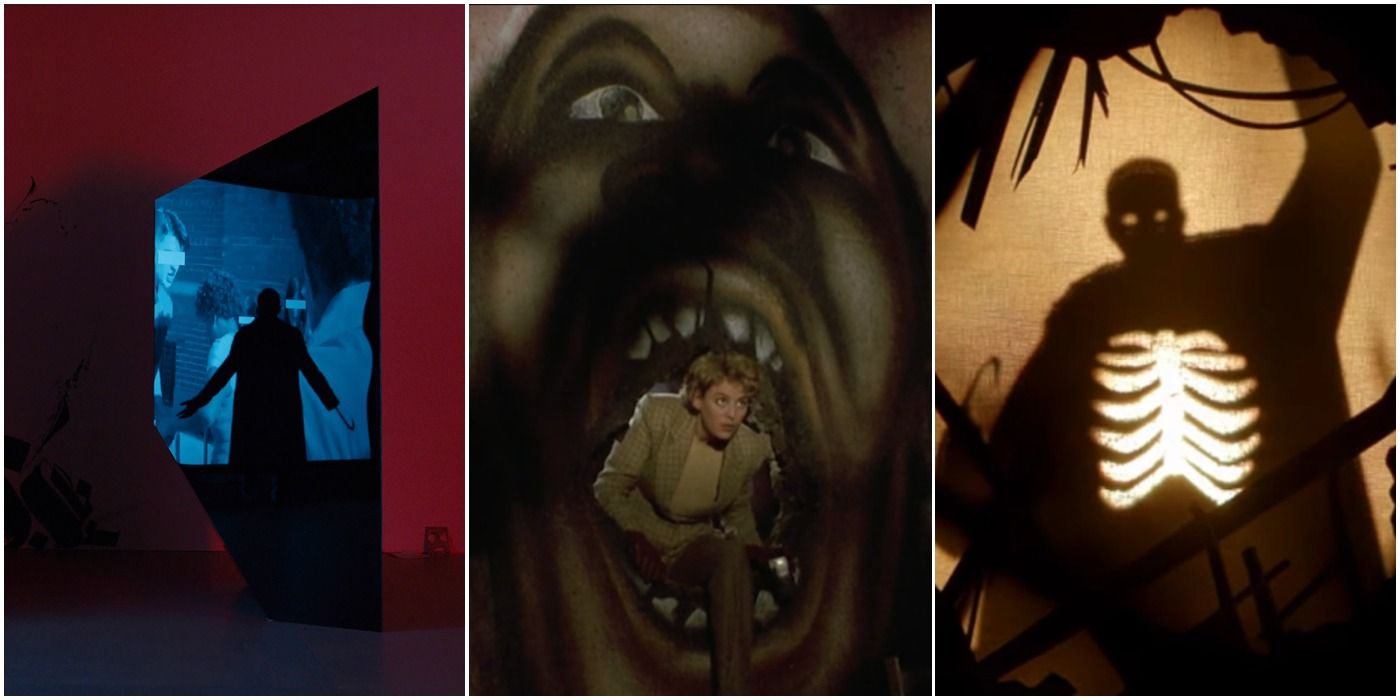
Many horror films have been able to evolve into iconic franchises of the genre and Candyman is a particularly memorable addition that’s remained relevant nearly 30 years later. Bernard Rose’s original Candyman from 1992 helped breathe fresh life into the slasher genre with an intimidating villain as well as a movie that actually had something to say about race and class strife.
There’s been an increasing trend towards “legacy sequels” and reboots that return to established intellectual properties. Nia DaCosta’s 2021 Candyman returns to the important franchise with a renewed sense of importance that’s able to expand even further upon the themes of the original, but each of these Candyman movies has their share of advantages and faults.
10 New Movie Is Better: It Works As A Reboot And A Sequel
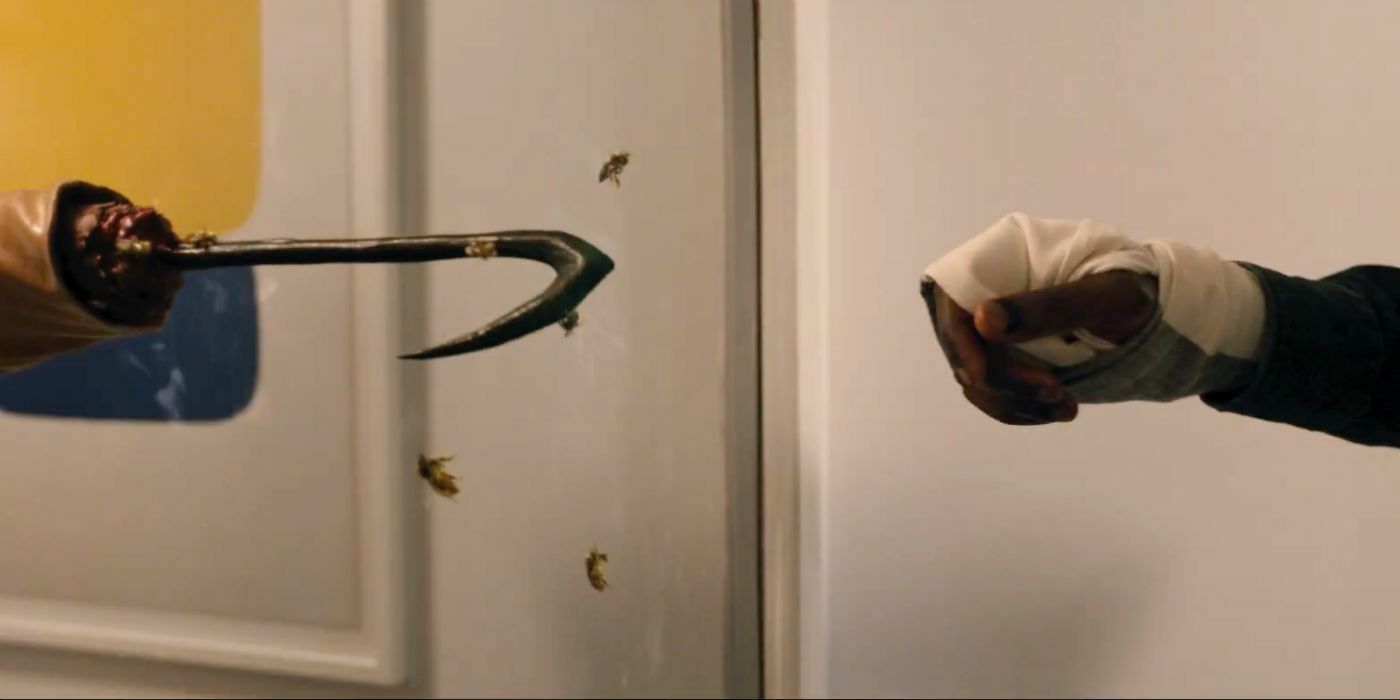
The original Candyman was enough of a success that it led to two sequels during the ‘90s, both of which have their merits, but ultimately hit diminishing returns on the foreboding horror property. It would have been very easy for Nia DaCosta’s Candyman to function as a straight reboot that starts the story over, but instead, her film cleverly functions as a direct sequel to the original movie and continues to develop its ideas. At the same time, DaCosta’s Candyman doesn’t alienate a new audience, is highly accessible, and handles its necessary backstory in creative and subtle ways.
9 Original Is Better: Tony Todd's Magnetic Presence
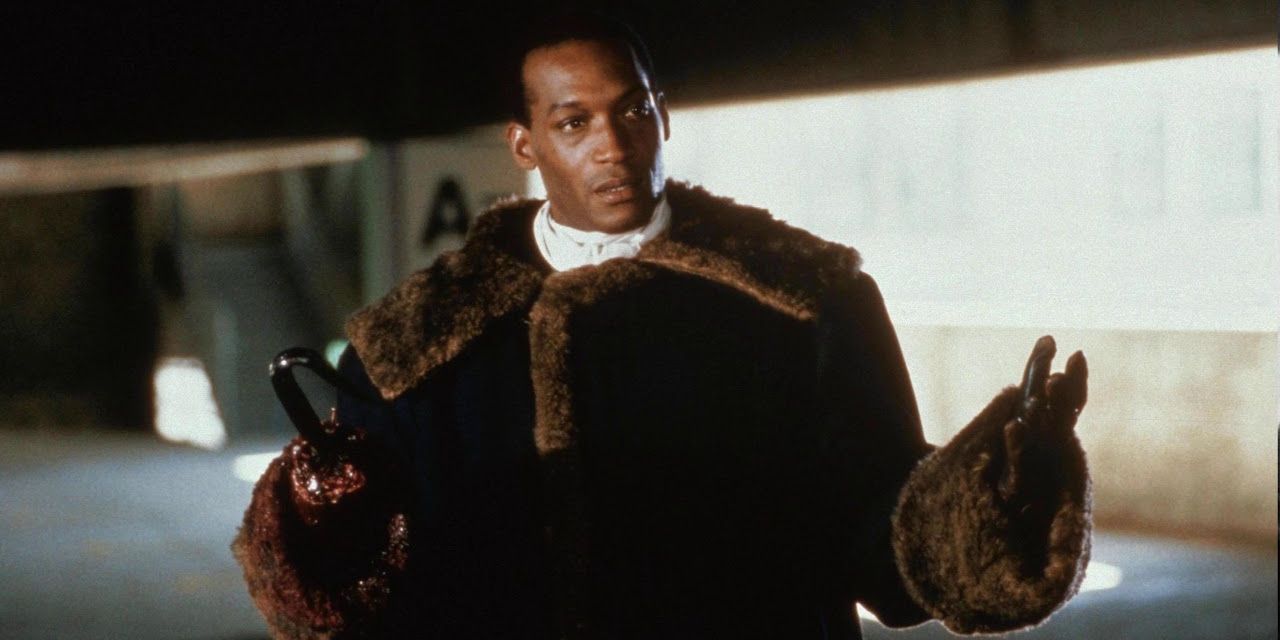
Candyman is full of creepy ideas, but it’s likely that the character would have never caught on and turned into a franchise without Tony Todd’s casting as the titular creature. Tony Todd is practically synonymous with Candyman and he’s become a staple of the horror genre as a result. Nia DaCosta's Candyman deconstructs the urban legend through different takes on the character and Michael Hargrove and Yahya Abdul-Mateen II both do strong work with their pained interpretations of this boogeyman, but they can’t top Todd’s gravitas.
8 New Movie Is Better: The Cinematography And Use Of Mirrors
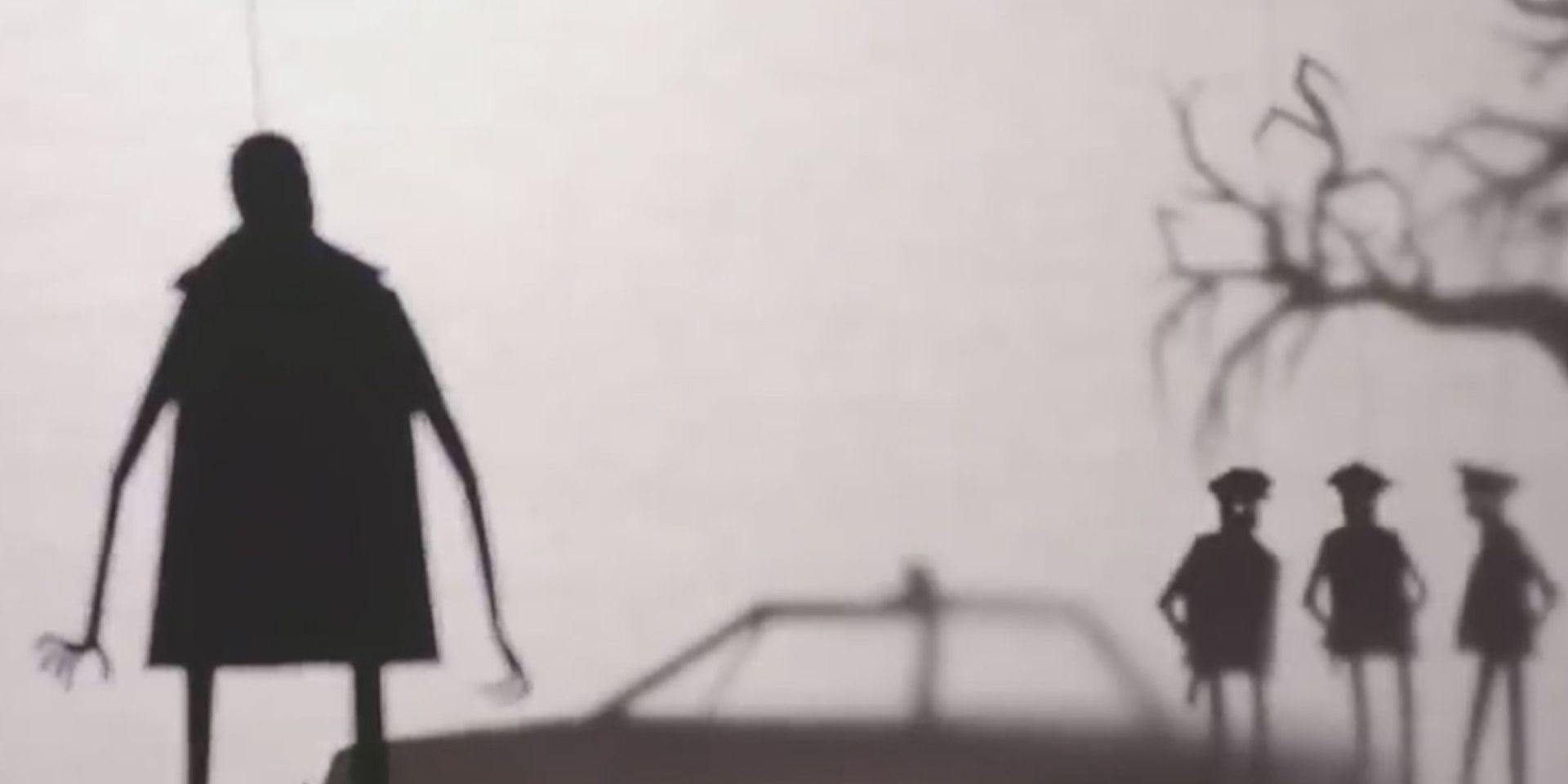
There’s no lack of artistry in the horror genre, but sometimes slasher fare can focus more on the blood and gore than the way in which it’s presented. One of the most striking aspects of Nia DaCosta’s Candyman is just how incredible it looks.
There’s such a distinct sense of scene composition with the framing of sequences and the cinematography behind the movie’s many scares. The film repeatedly makes use of mirrors in creative ways and other elements, like the papercraft flashback sequences, are beautifully stylized.
7 Original Is Better: Philip Glass' Haunting Score
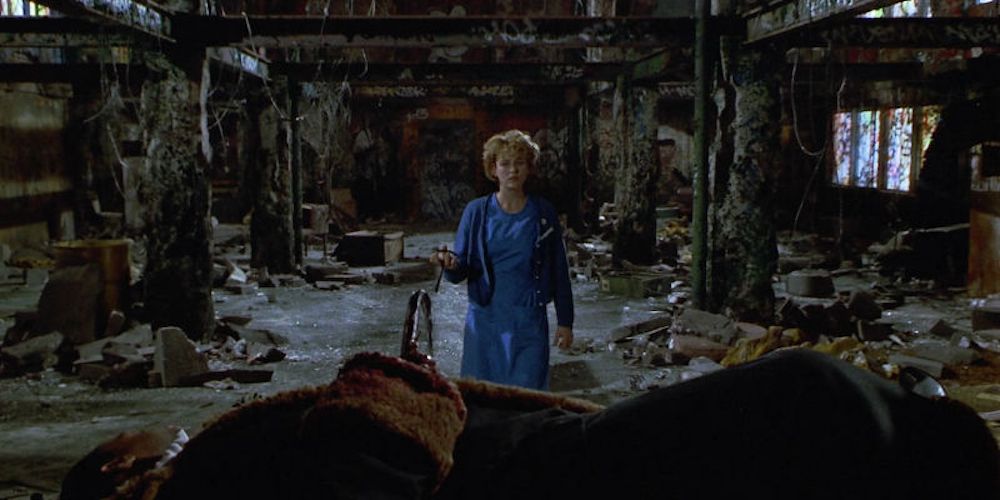
Music plays a very important role in the horror genre and slasher franchises like Friday the 13th and Halloween have music that’s arguably just as beloved as the movies themselves. Bernard Rose’s Candyman features a secret weapon in the form of Philip Glass’ music, in particular his theme for the central character. Nia DaCosta’s Candyman does make use of this iconic theme for dramatic effect, but the movie’s score is composed by Robert A. A. Lowe and isn’t nearly as impactful. There are some clever uses of source music in the film, but it still pales to Glass.
6 New Movie Is Better: The Acting And Directing Is Superior
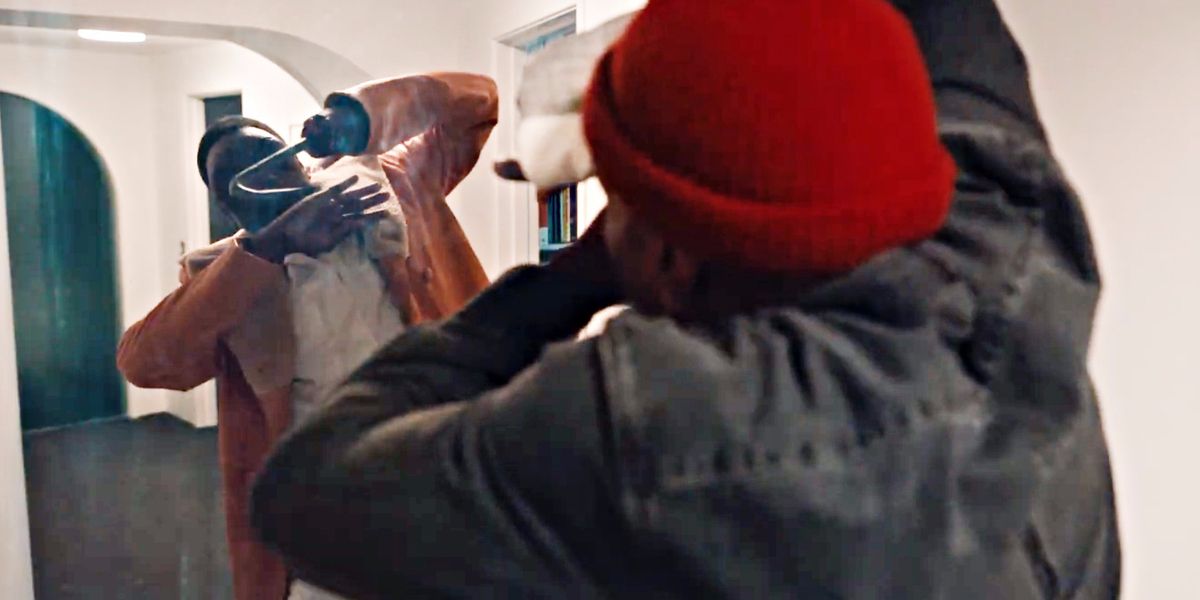
Horror films typically put their characters through such grueling gauntlets that can lead to huge displays of emotion. Horror’s reputation can sometimes excuse lackluster performances as almost a feature of the genre, but there are also some phenomenal actors that show off their skills in horror films. 1992’s Candyman has a competent cast, but there’s an extra level of vulnerability and pain in 2021’s rendition. DaCosta pushes her performers and Yahya Abdul-Mateen II, Teyonah Parris, Colman Domingo, and Michael Hargrove produce haunted, layered work that's elevated above anything in the original.
5 Original Is Better: Its Look Into Candyman's Origins

Something that’s done quite well in all three of the original Candyman movies--not just Bernard Rose’s 1992 classic--is the tragic depiction of Candyman’s origins. The original explains that Daniel Robitaille becomes the victim of racist mob mentality after he’s tortured and ultimately killed for his love.
There’s a blunt, harshness to these scenes and how they don’t shy away from the horrible human nature that still lingers in the world. 2021’s Candyman touches on Candyman’s roots, but the stylized nature of these flashbacks diminishes their brutality.
4 New Movie Is Better: The Death Scenes Are Better Constructed And Scarier
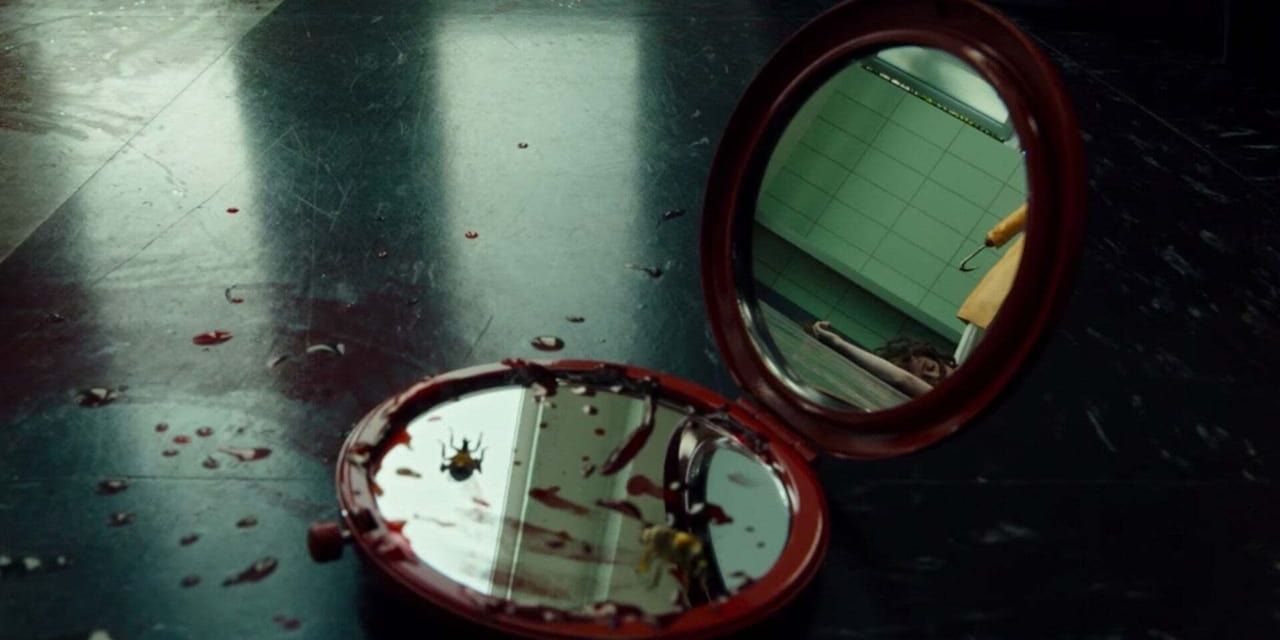
The original Candyman deserves credit for the haunting imagery that it introduces and the ways in which it uses Candyman’s hook and bees in terrifying ways. That being said, many of the actual deaths are very matter-of-fact. There’s considerably more care surrounding the kills in Nia DaCosta’s movie. Sequences like the massacre at the art gallery, the girls’ bathroom, or one of the concluding scenes that involve the police all utilize inspired camera work and restraint. The death in the high-rise apartment, shot from the exterior, is the perfect distillation of the movie’s themes.
3 Original Is Better: The Love Story Between Daniel Robitaille And Helen
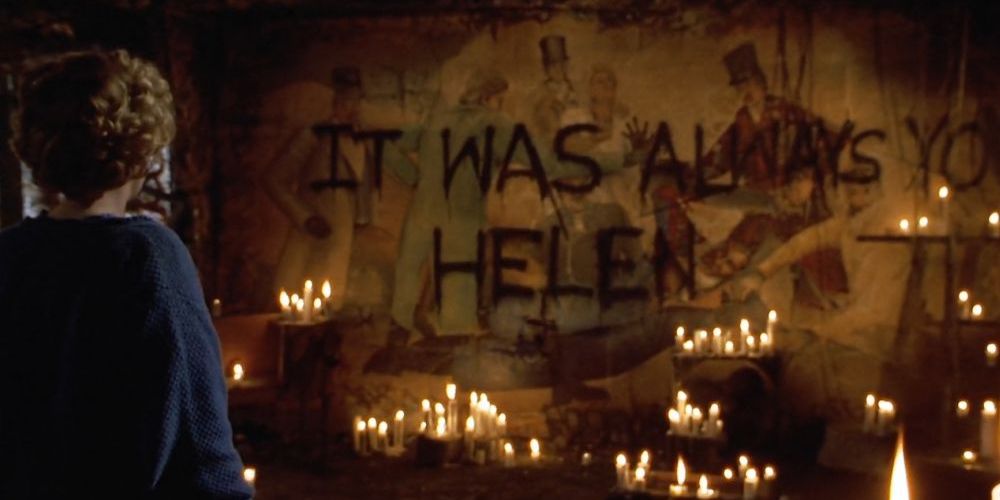
Part of the reason that Candyman has become such an evergreen fixture of the horror genre is that it doesn’t just operate as a scary movie, but that at its core it presents a bittersweet love story. The trauma of Daniel Robitaille's chastised relationship lingers throughout Candyman and becomes transposed onto Virginia Madsen's Helen Lyle. Helen is married to Xander Berkely's Trevor, who she makes tremendous sacrifices for, but what's fascinating is that the movie argues that Helen's true soulmate is Daniel Robitaille's Candyman. This haunting element helps elevate the original film's narrative.
2 New Movie Is Better: The Use Of Multiple Candymen
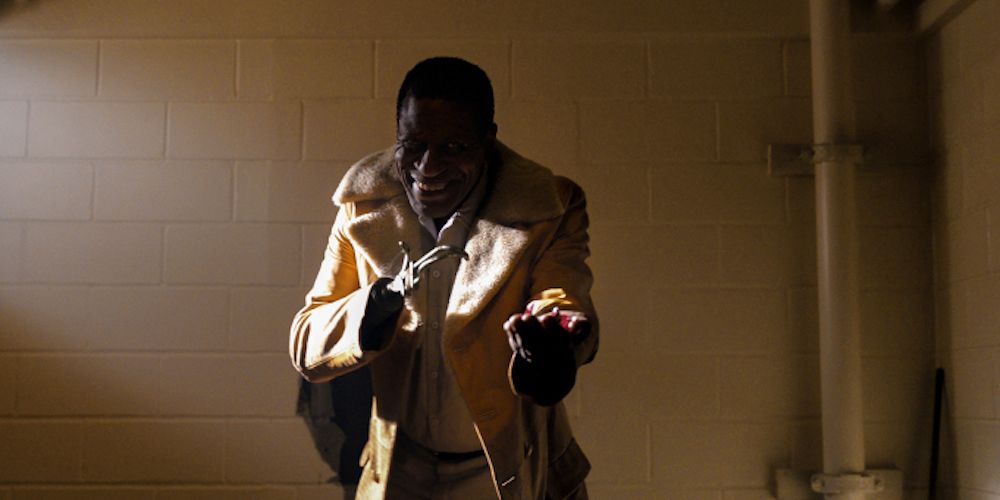
A brilliant idea that 2021’s Candyman explores is that there are actually several Candymen, all of which have become scapegoats for an oppressive society. The original Candyman explores how Candyman’s legend is eternal and gets carried on through Helen, but it’s even more effective to present separate Candymen that correspond to different examples of generational trauma. The pain that they’ve experienced continues on today, but just shifts between society’s new target. It’s hard to compete with Tony Todd’s Candyman, but these alternate versions all connect.
1 Original Is Better: It Establishes The Series' Framework And Clive Barker Inspiration
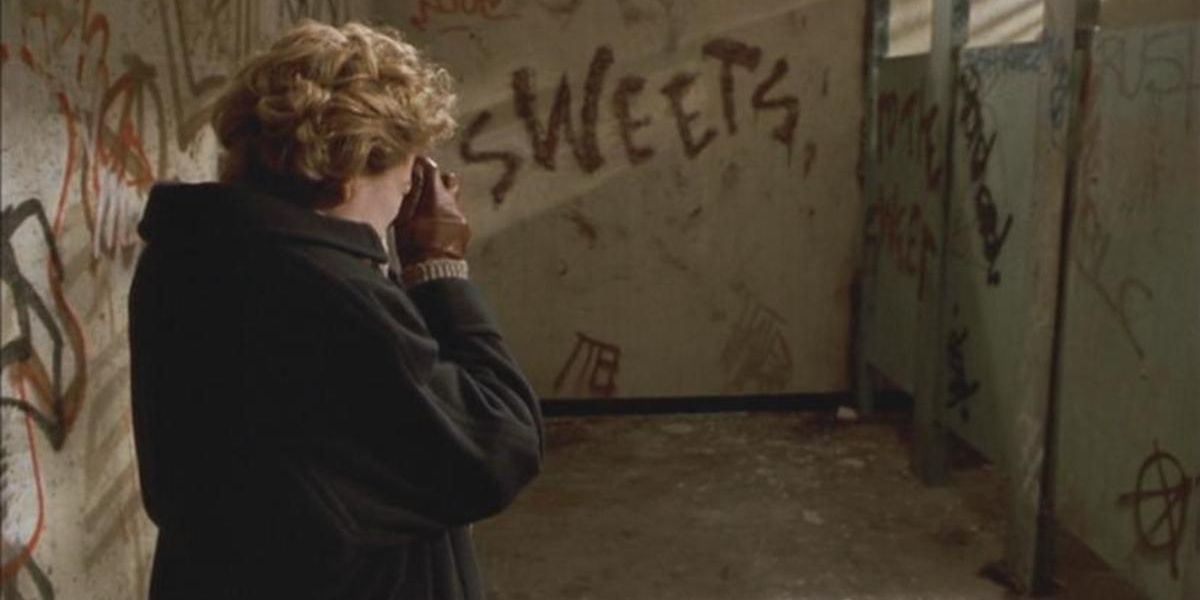
The Candyman series slowly got away from itself with its messier sequels, but there are still consistent elements that are successfully returned to each time, like the film's mirror repetition concept or iconic phrases like "Sweets for the Sweet." Bernard Rose's original movie establishes these tropes and the franchise's general energy. It's significant that despite how Candyman is based on Clive Barker's short story "The Forbidden," it's Bernard Rose that shifts the film's setting to Chicago with race and social strife as its focus. DaCosta’s follow-up just continues these ideas.
0 Comments